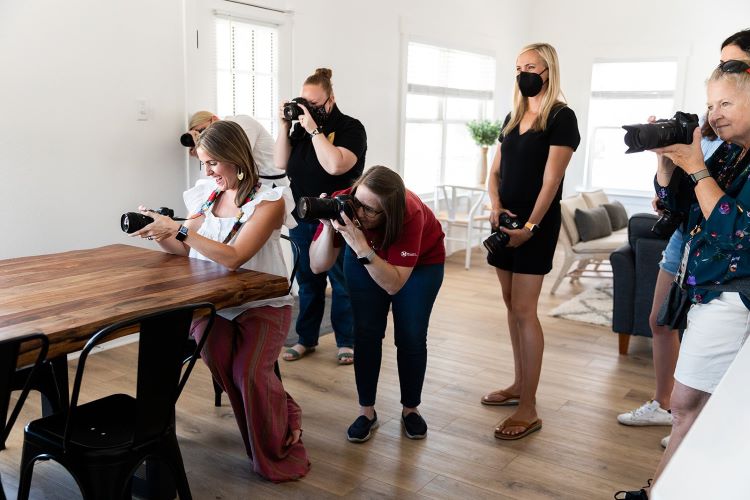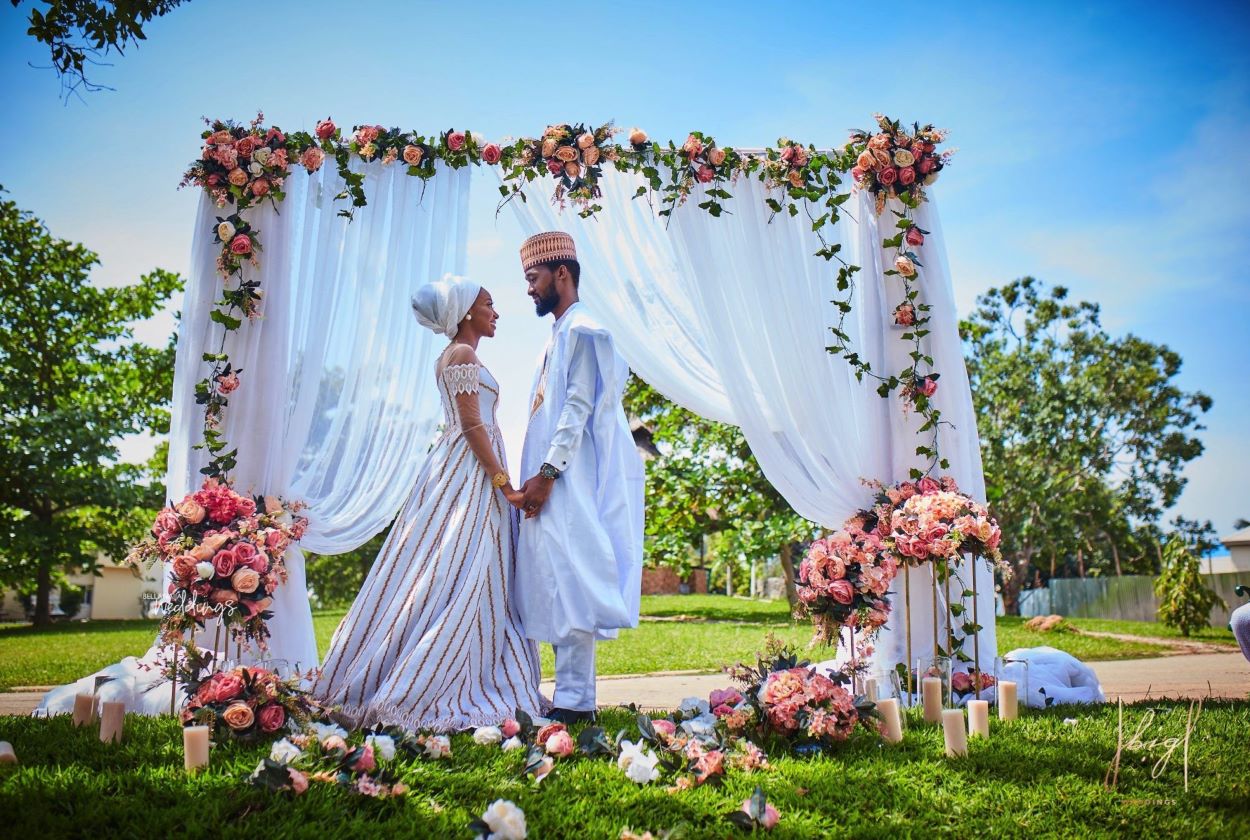Becoming a professional photographer is a dream for many, and with the right guidance and dedication, it’s an achievable goal. Photography is not just about taking pictures; it’s about capturing moments, telling stories, and expressing emotions through imagery. In this comprehensive guide, we will delve into the steps and strategies to help you embark on a successful journey towards becoming a professional photographer.
1: Understanding the Art and Craft of Photography
1.1. Develop a Passion for Photography
To become a professional photographer, you must have a genuine passion for photography. Develop a keen interest in understanding different photography styles, techniques, and equipment. Follow renowned photographers and study their work to cultivate your own unique style.

1.2. Learn the Basics of Photography
Begin by familiarizing yourself with the fundamental concepts of photography, including composition, lighting, exposure, and focus. Mastering these basics is crucial in building a strong foundation for your photography skills.
1.3. Invest in Quality Equipment
Acquire a good camera and essential lenses that match your chosen niche in photography. Understanding your gear and its capabilities is vital to capturing high-quality images.
2: Education and Training
2.1. Enroll in Photography Classes or Workshops
Consider enrolling in formal photography classes or workshops offered by reputable institutions or experienced photographers. These programs provide hands-on training, knowledge about various photography styles, and valuable insights into the industry.
2.2. Learn from Online Resources
Utilize online platforms, such as photography tutorials, webinars, and YouTube channels, to expand your knowledge. There are numerous online courses available, covering topics from technical skills to business aspects of photography.

2.3. Seek Mentorship and Guidance
Find a mentor within the photography industry who can guide you, share experiences, and provide constructive feedback on your work. Learning from someone with practical experience can accelerate your growth as a photographer.
3: Building a Diverse Portfolio
3.1. Experiment with Various Genres
Explore different genres of photography, such as portrait, landscape, wildlife, fashion, or product photography. Experimentation helps you discover your strengths and preferences.
3.2. Focus on Quality Over Quantity
Curate a portfolio that showcases your best work. Quality is more important than quantity; ensure that each image represents your skills and creativity at its finest.
3.3. Incorporate Personal Projects
Include personal projects in your portfolio to display your creativity and vision. Personal projects allow you to work on subjects you are passionate about and demonstrate your ability to conceptualize and execute a series of images.
Recommended: Top 5 In-Demand Jobs That Will Shape The Future of Work
4: Developing Business and Marketing Skills
4.1. Understand the Business Side of Photography
Familiarize yourself with the business aspects of photography, including contracts, pricing, licensing, and copyright laws. Knowing how to manage your photography business is essential for long-term success.
4.2. Build an Online Presence
Create a professional website and showcase your portfolio online. Utilize social media platforms like Instagram, Facebook, and LinkedIn to connect with potential clients, fellow photographers, and photography enthusiasts.

4.3. Network and Collaborate
Attend photography events, workshops, and networking meetups to meet other professionals in the industry. Building relationships and collaborating with other photographers or businesses can open doors to new opportunities and clients.
5: Gaining Experience and Exposure
5.1. Offer Your Services
Start by offering your photography services to friends, family, or local businesses. This allows you to gain practical experience, build a client base, and receive feedback on your work.
5.2. Assist Established Photographers
Consider assisting professional photographers on shoots to gain insights into their workflow, techniques, and client interactions. It’s a great way to learn firsthand and make valuable industry connections.

5.3. Submit Work to Contests and Publications
Submit your best work to photography contests, magazines, and online platforms. Winning or getting your work published provides exposure and validates your skills as a photographer.
Conclusion
Becoming a professional photographer requires dedication, continuous learning, and a true passion for the art of photography. By understanding the technical aspects, honing your skills, building a strong portfolio, and mastering the business side of photography, you can turn your passion into a fulfilling and successful career. Keep learning, experimenting, and staying updated with the latest trends to excel in this dynamic and exciting profession.
See also: What to Wear for Your Business Professional Headshots
Looking for a custom-made style for you, your wife/hubby, or your kids? Were here for you..! Contact us today to have us tailor a dress for you.
Keep up to date with Stylish Gwin Africa on any of these links: Facebook, Instagram, Pinterest, and Twitter. Chat on Whatsapp






























